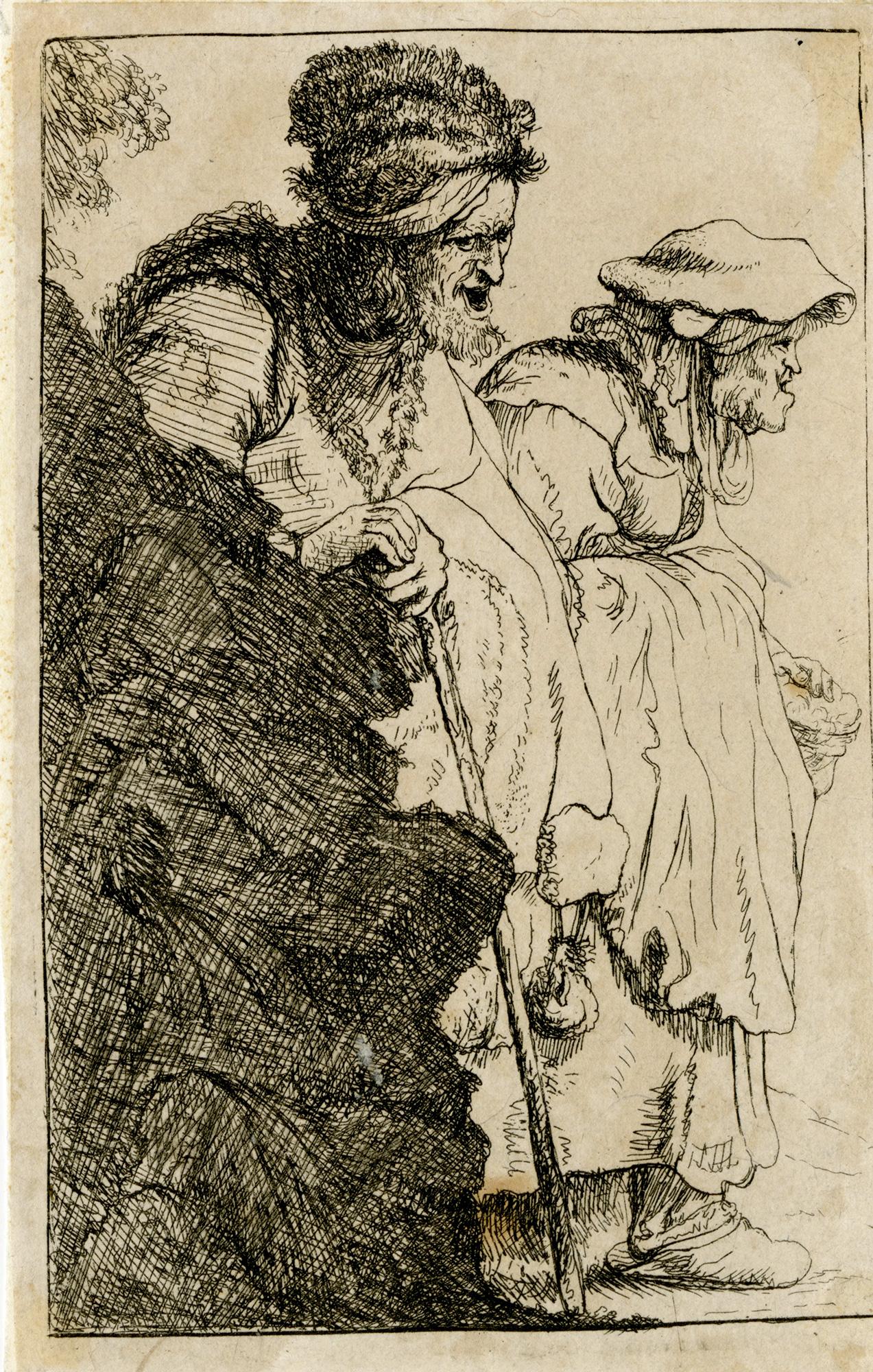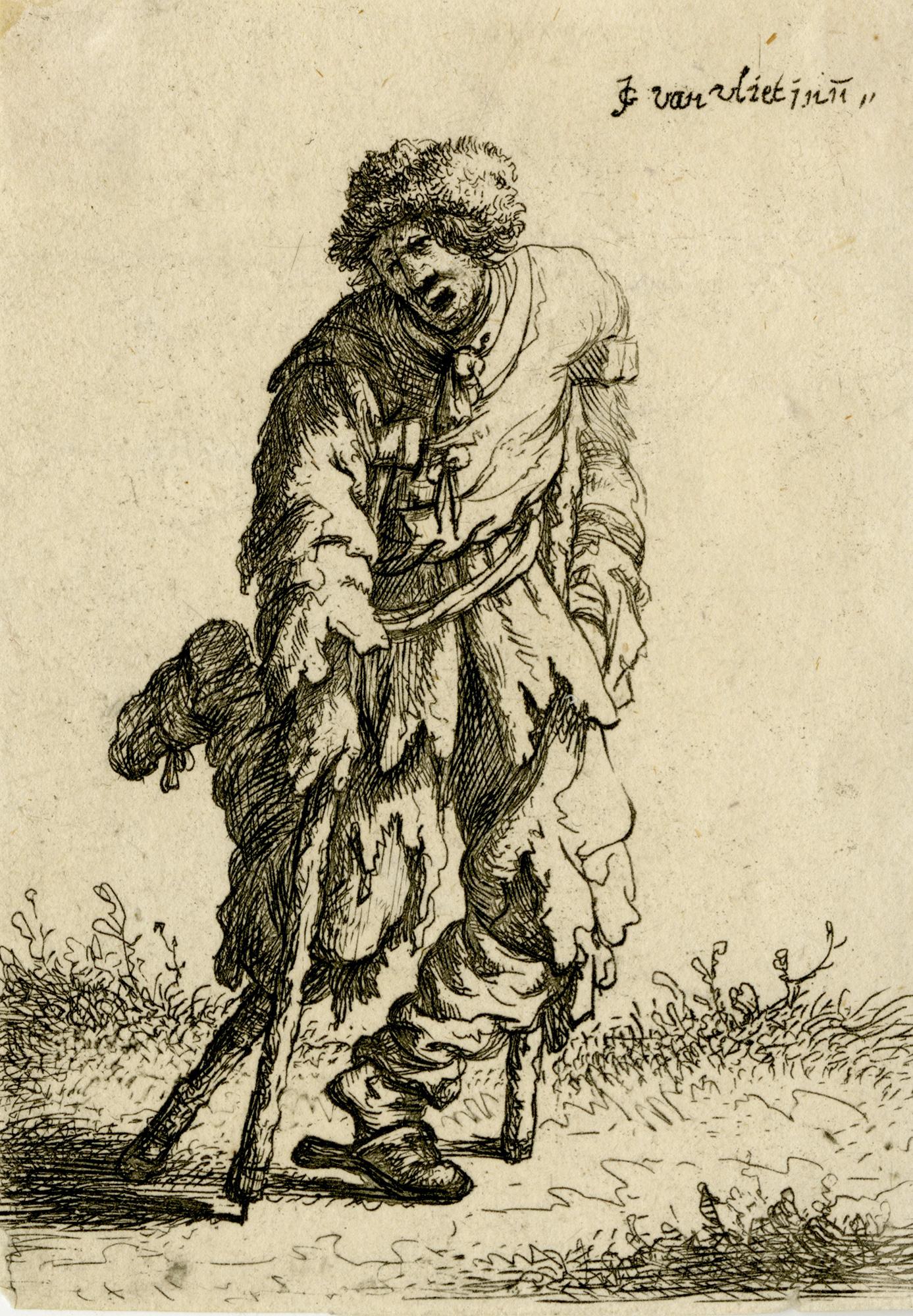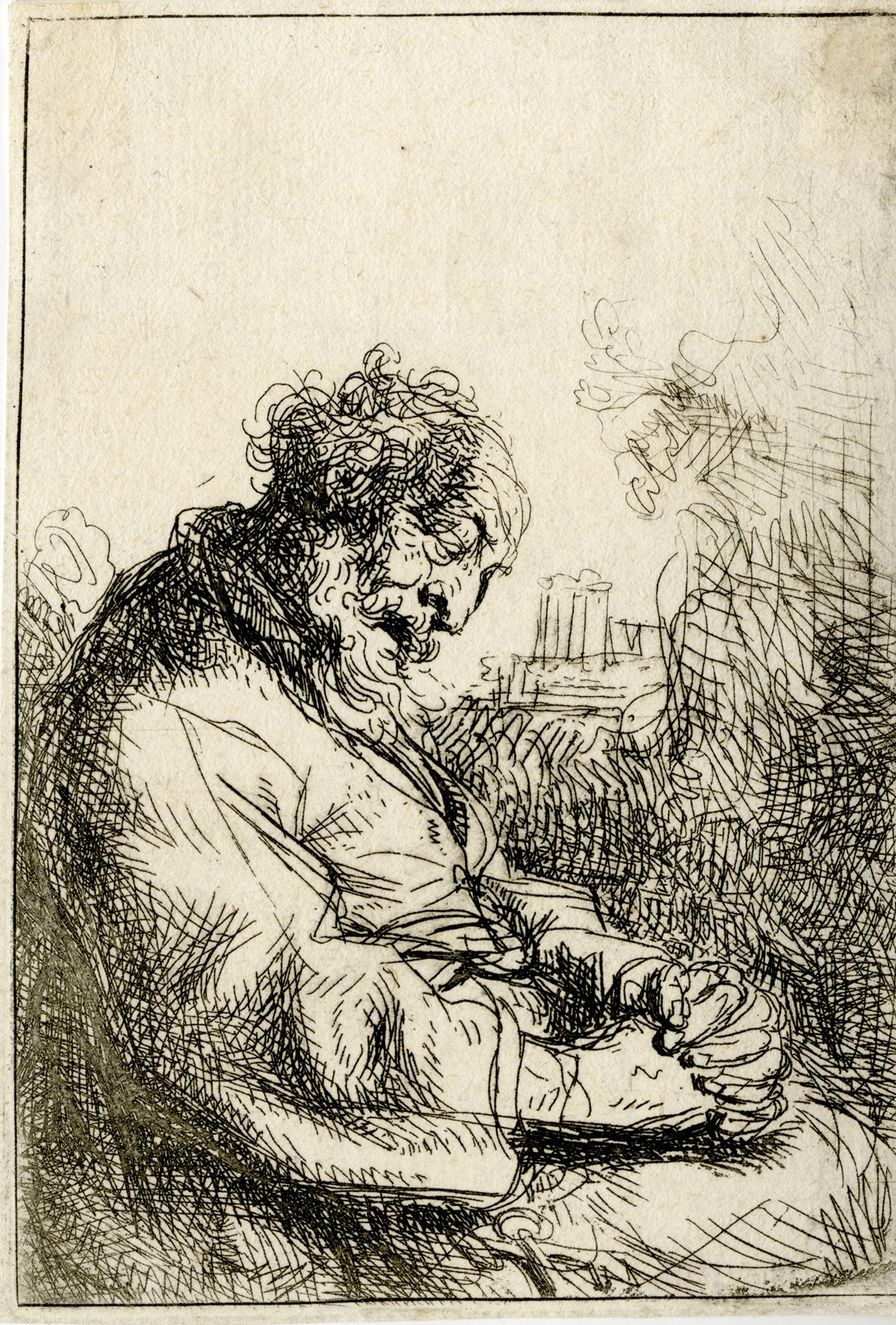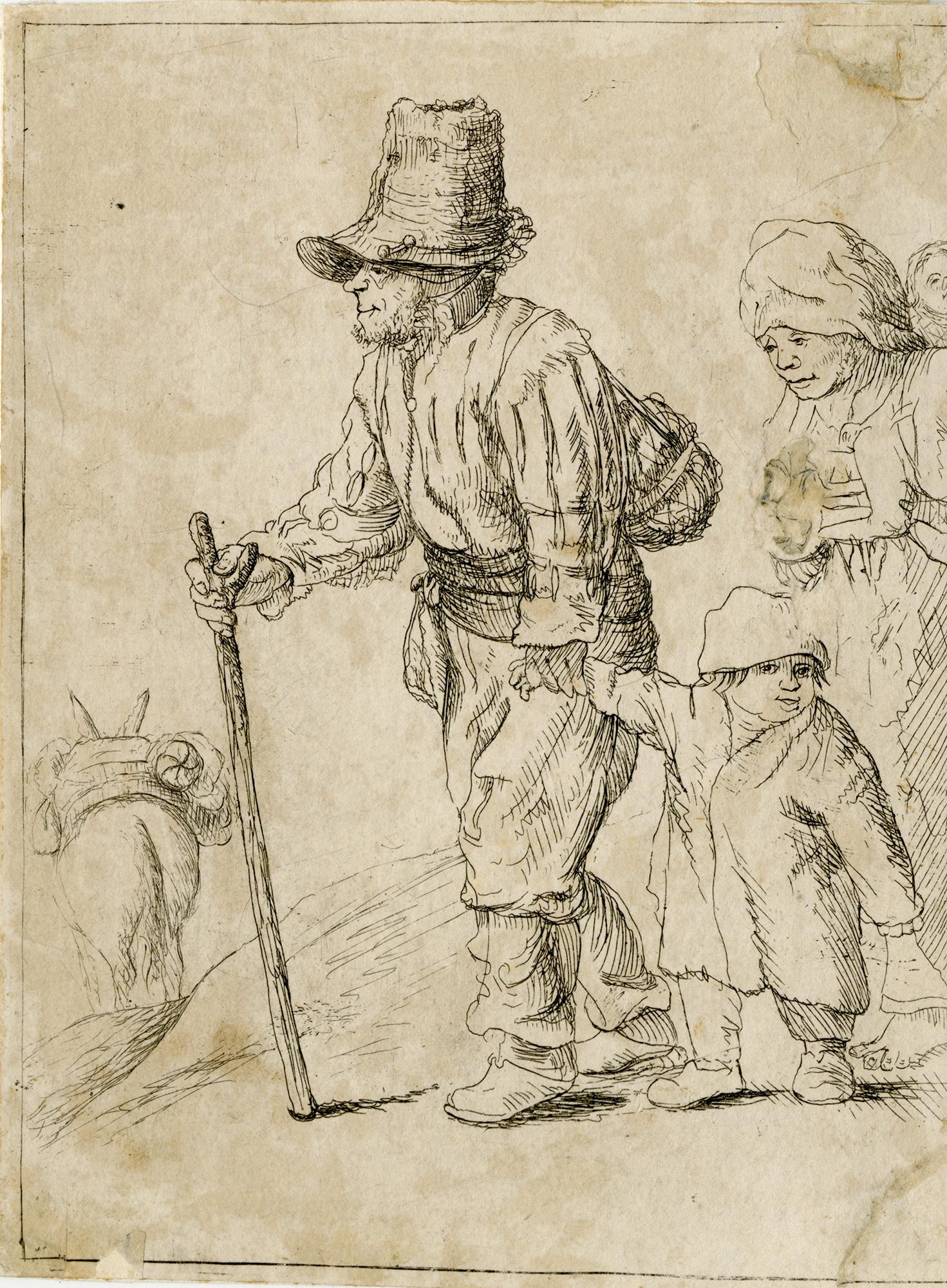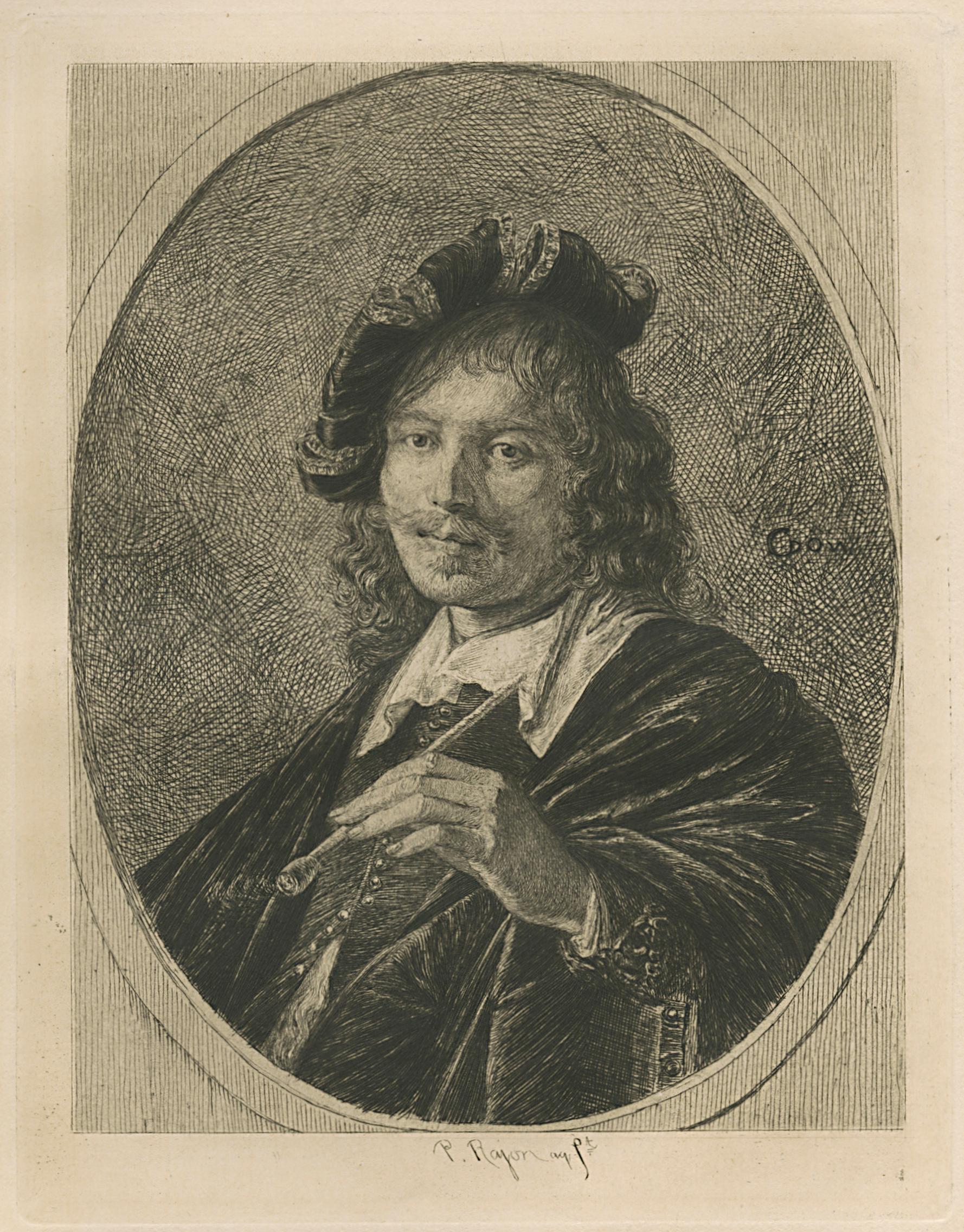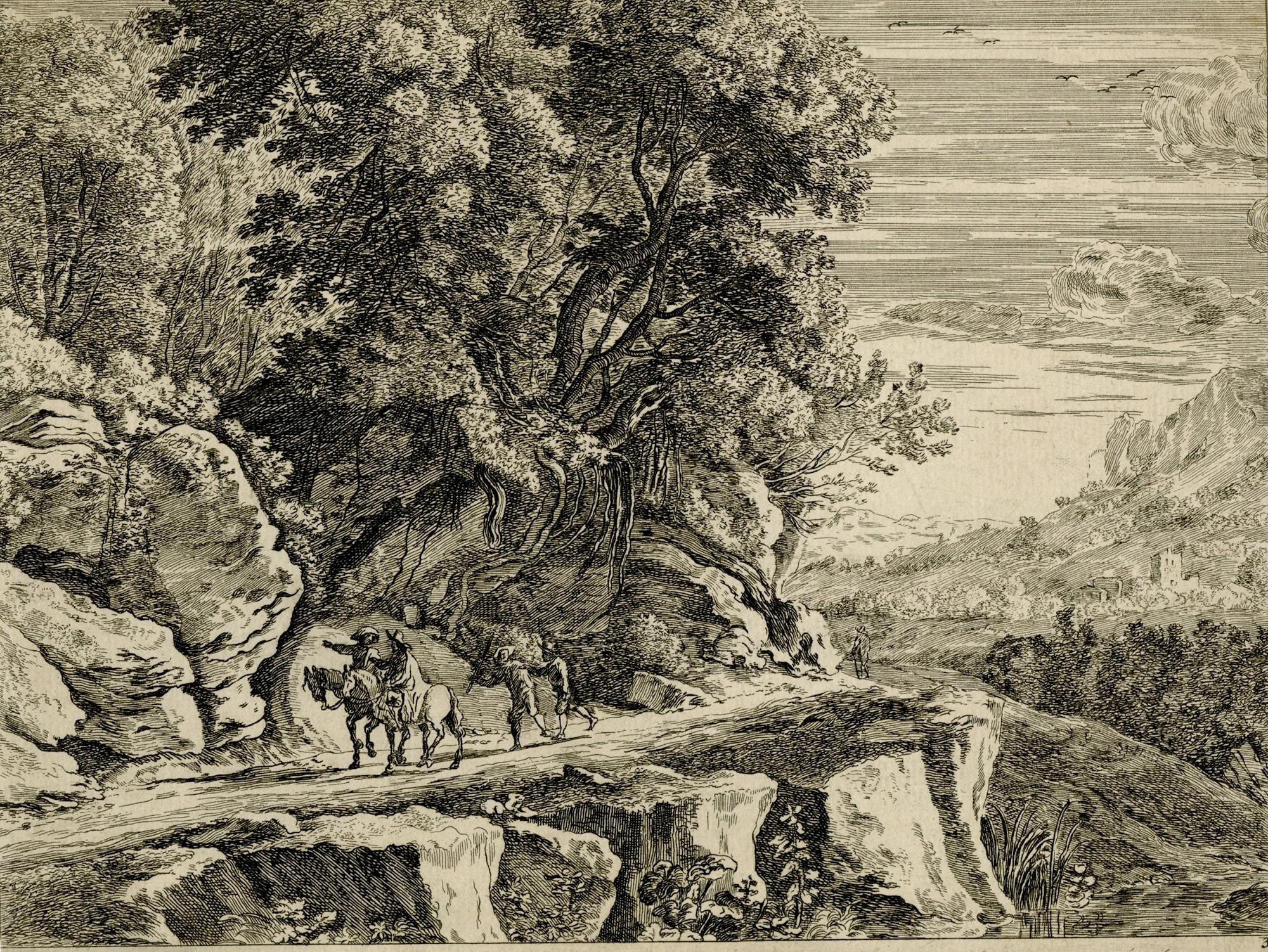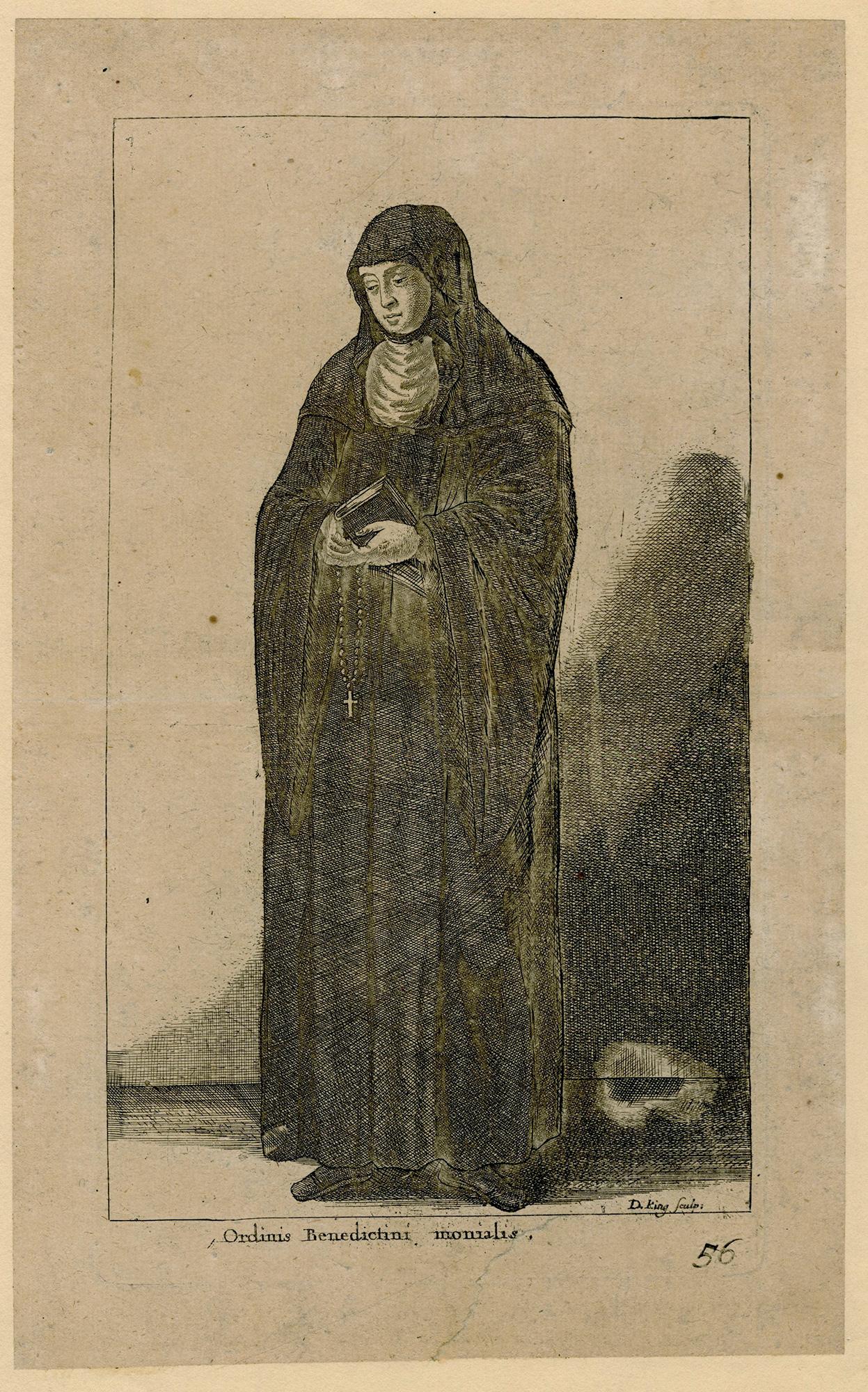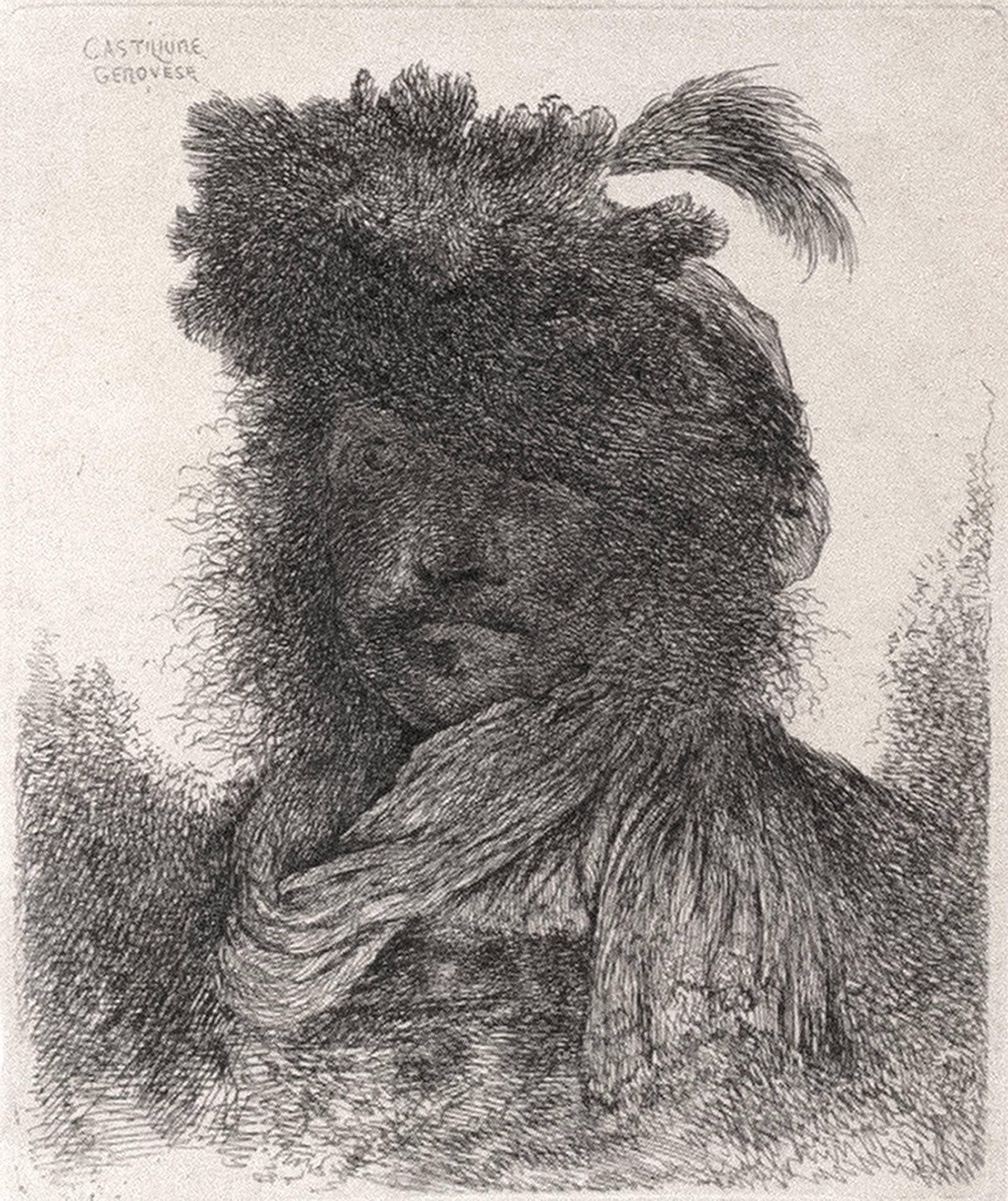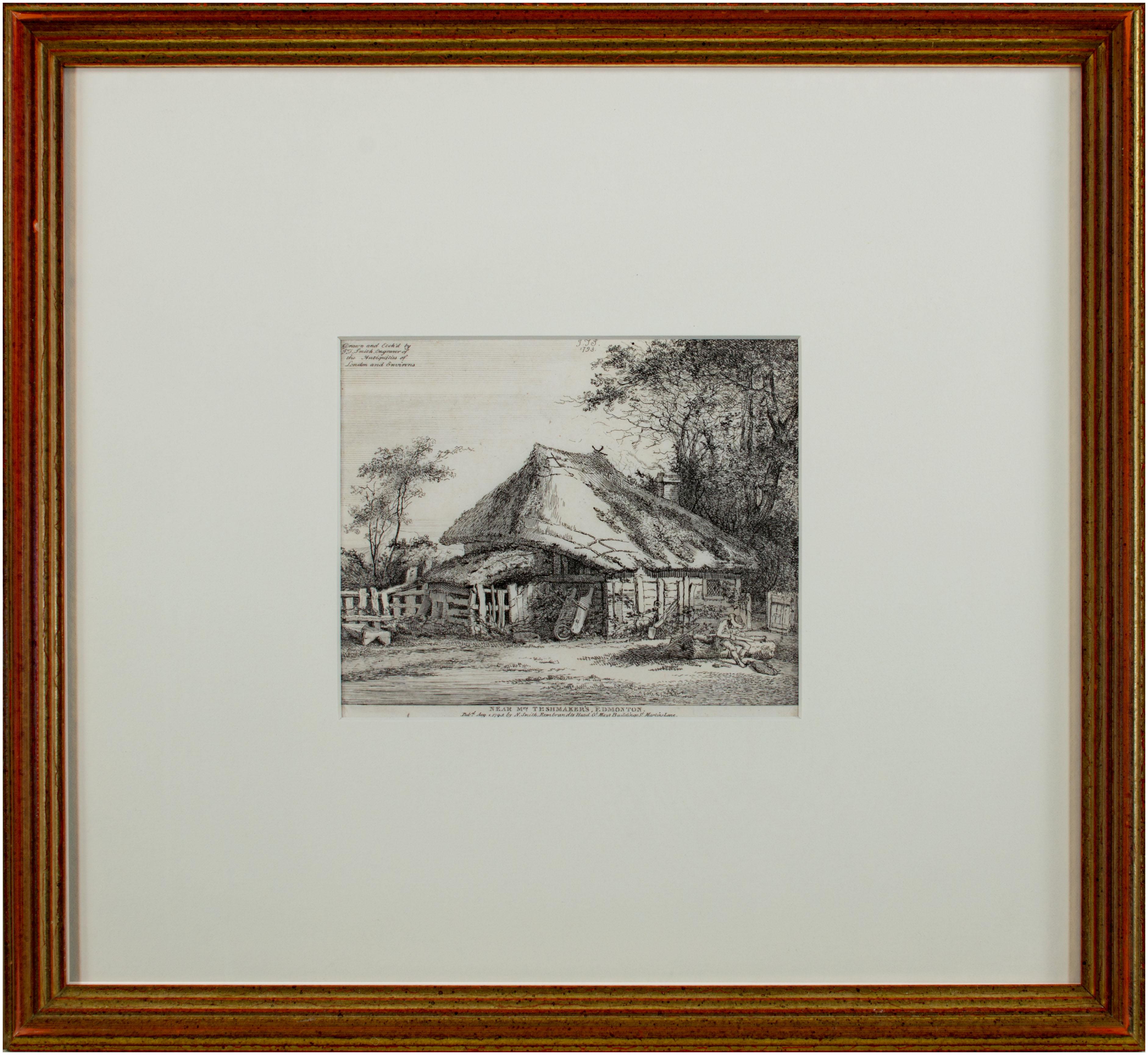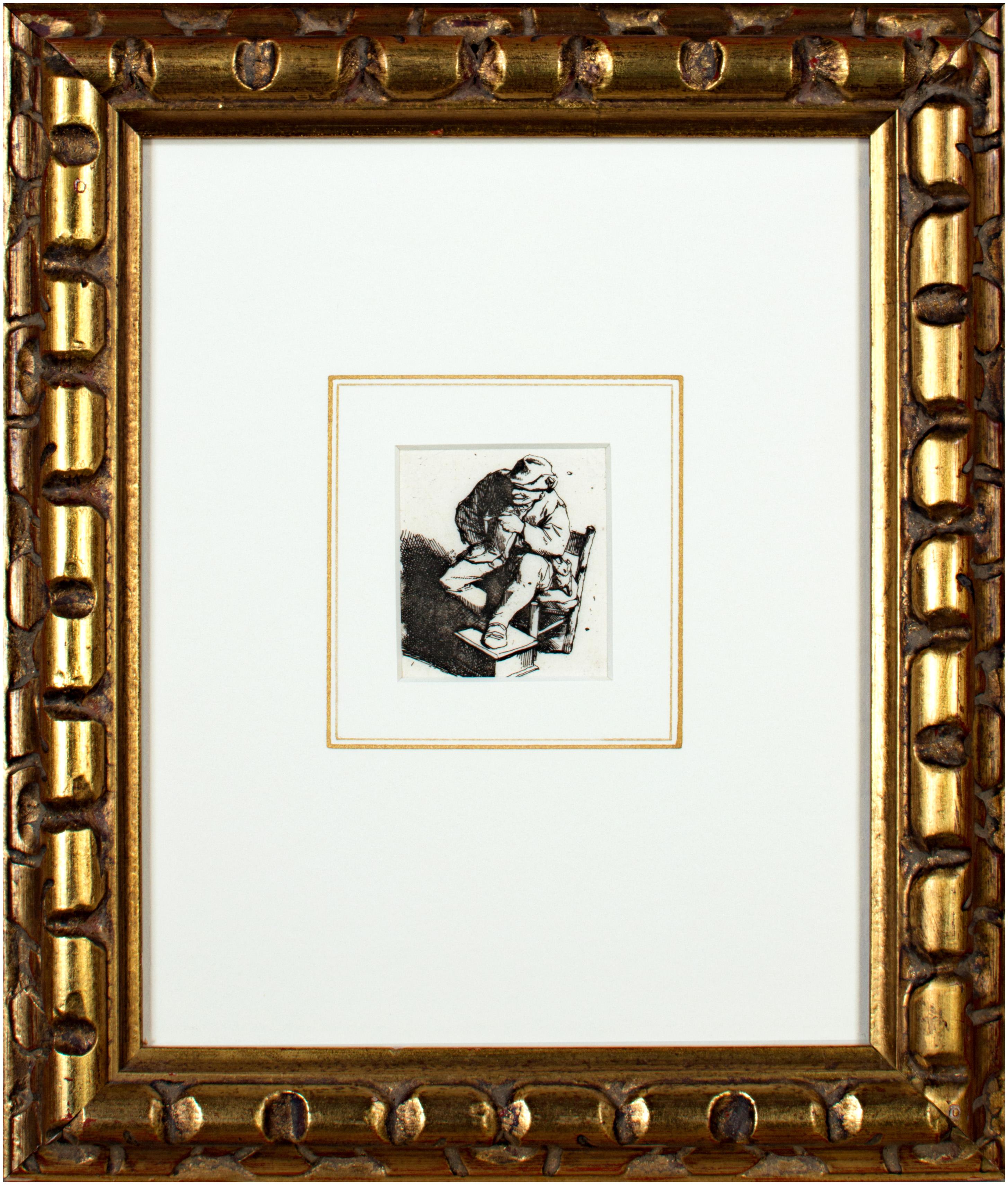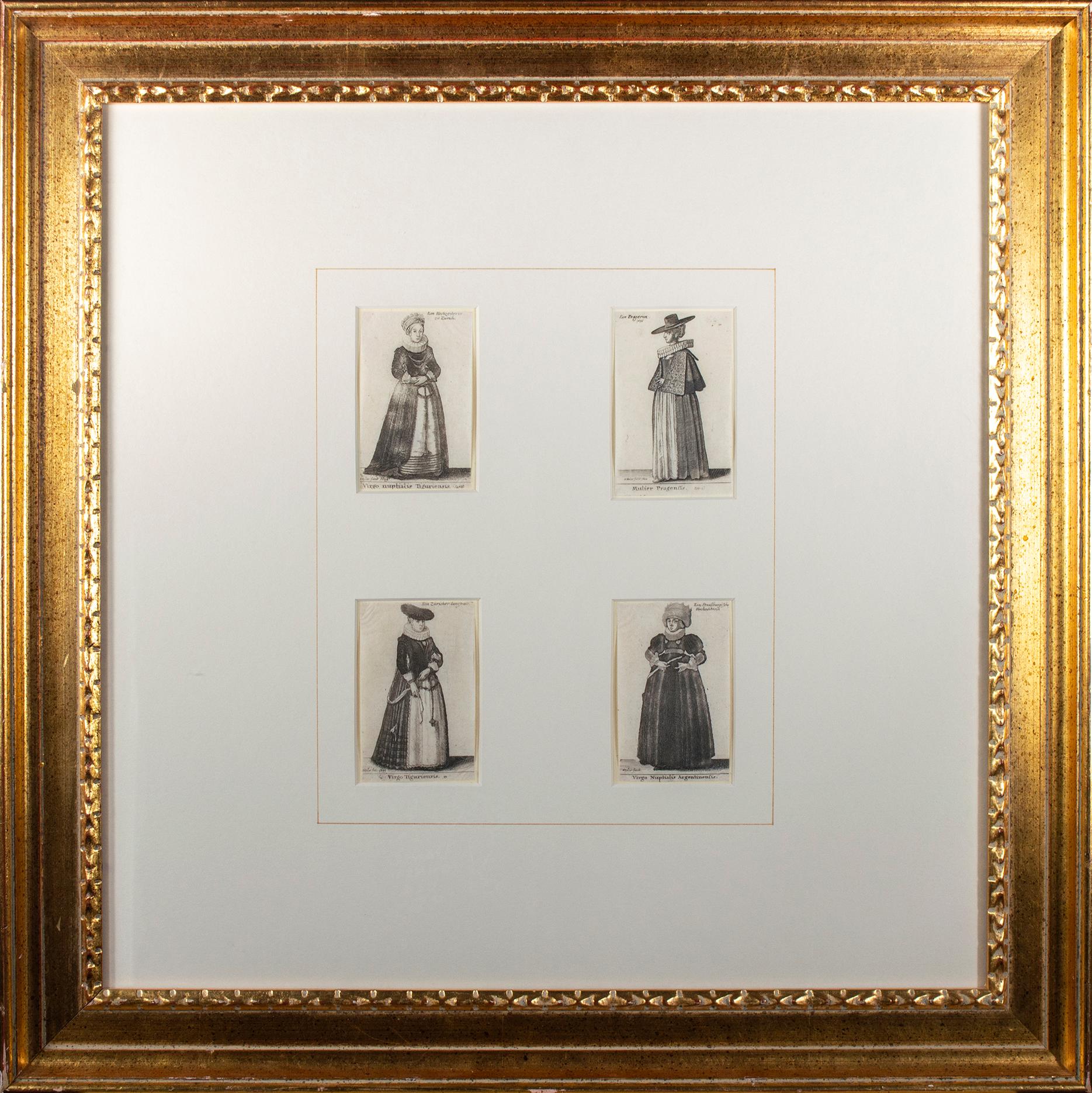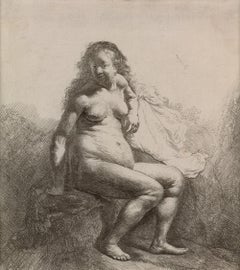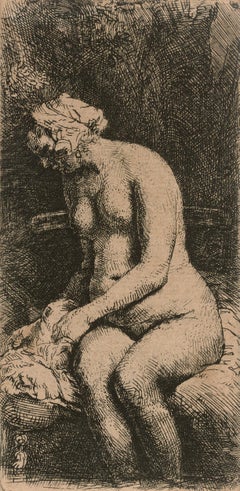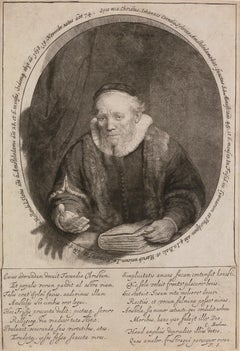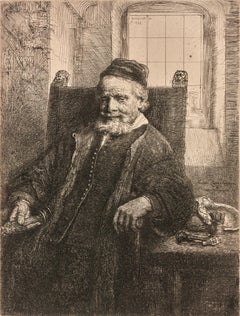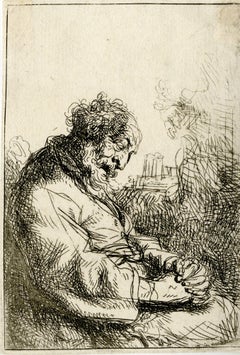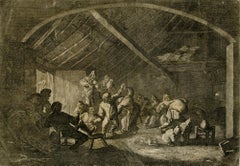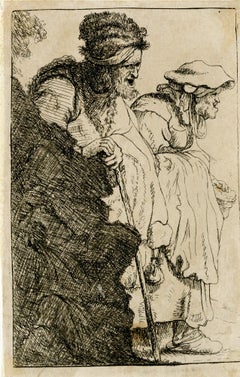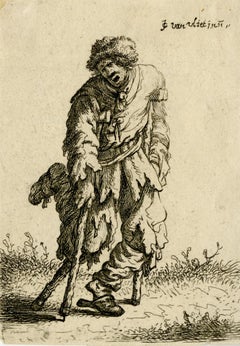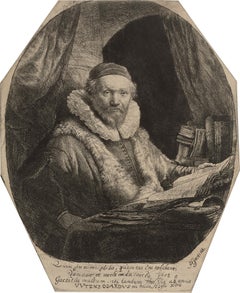
Jan Uytenbogaert, Preacher of the Remonstrants by Rembrandt van Rijn
View Similar Items
Want more images or videos?
Request additional images or videos from the seller
1 of 10
Rembrandt van RijnJan Uytenbogaert, Preacher of the Remonstrants by Rembrandt van Rijn1635
1635
$78,500List Price
About the Item
- Creator:Rembrandt van Rijn (1606 - 1669, Dutch)
- Creation Year:1635
- Dimensions:Height: 19.5 in (49.53 cm)Width: 17.5 in (44.45 cm)Depth: 1.13 in (2.88 cm)
- Medium:
- Movement & Style:
- Period:
- Condition:
- Gallery Location:New Orleans, LA
- Reference Number:Seller: 32-05441stDibs: LU18615999302
Rembrandt van Rijn
Rembrandt was the most influential 17th Century Dutch painter. After years of early success as a portrait painter, his life was beset by financial hardship and personal tragedy. He continued to paint portraits and develop etchings. Rembrandt's portraits of his contemporaries, self-portraits and illustrations of scenes from the Bible are regarded as his greatest creative triumphs. His self-portraits form a unique and intimate autobiography, in which the artist surveyed himself without vanity and with the utmost sincerity. Like many artists of the Dutch Golden Age, such as Jan Vermeer of Delft, Rembrandt was also an avid art collector and dealer. Rembrandt never went abroad, but he was considerably influenced by the work of the Italian masters and Netherlandish artists who had studied in Italy, like Pieter Lastman, the Utrecht Caravaggists, Flemish Baroque, and Peter Paul Rubens. Rembrandt's foremost contribution in the history of printmaking was his transformation of the etching process from a relatively new reproductive technique into a true art form, along with Jacques Callot. His reputation as the greatest etcher in the history of the medium was established in his lifetime and never questioned since. Few of his paintings left the Dutch Republic while he lived, but his prints were circulated throughout Europe, and his wider reputation was initially based on them alone.
About the Seller
5.0
Vetted Professional Seller
Every seller passes strict standards for authenticity and reliability
Established in 1912
1stDibs seller since 2013
17 sales on 1stDibs
Typical response time: 10 hours
Authenticity Guarantee
In the unlikely event there’s an issue with an item’s authenticity, contact us within 1 year for a full refund. DetailsMoney-Back Guarantee
If your item is not as described, is damaged in transit, or does not arrive, contact us within 7 days for a full refund. Details24-Hour Cancellation
You have a 24-hour grace period in which to reconsider your purchase, with no questions asked.Vetted Professional Sellers
Our world-class sellers must adhere to strict standards for service and quality, maintaining the integrity of our listings.Price-Match Guarantee
If you find that a seller listed the same item for a lower price elsewhere, we’ll match it.Trusted Global Delivery
Our best-in-class carrier network provides specialized shipping options worldwide, including custom delivery.More From This Seller
View AllNaked Woman on a Mound by Rembrandt van Rijn
By Rembrandt van Rijn
Located in New Orleans, LA
Rembrandt van Rijn
1606-1669 Dutch
Naked Woman on a Mound
Etching on paper
Etched by Rembrandt
New Hollstein 88, second state of II; Bartsch, Hollstein 198; Hind 43
One of the gr...
Category
17th Century Old Masters Figurative Prints
Materials
Etching
Woman Bathing Her Feet in a Brook by Rembrandt van Rijn
By Rembrandt van Rijn
Located in New Orleans, LA
Rembrandt van Rijn
1606-1669 Dutch
Woman Bathing Her Feet in a Brook
Etching on paper
New Hollstein's 309, second state of II
Signed and dated "Rembrandt f. 1658" (upper left)
Created from observations of a live model, this work started as a figure study before evolving into a more imaginative setting. It remains ambiguous whether the scene is set indoors, as suggested by the cushion the figure is seated on, or outdoors, indicated by the foliage in the background. The omission of her feet, suggesting they may be dangling in a brook, adds a charming touch to Rembrandt’s imaginative scene. The figure seems unaware of the viewer, presenting a dignified yet sensual demeanor.
The son of a miller, Rembrandt van Rijn is believed to have been born in Leiden on July 15, 1606. He studied first at the Latin School and then was enrolled at the University of Leiden at the age of 14. He soon left to study art—first with a local master, Jacob van Swanenburch, and then, in Amsterdam, with Pieter Lastman...
Category
17th Century Old Masters Figurative Drawings and Watercolors
Materials
Etching, Paper
Jan Cornelis Sylvius, Preacher by Rembrandt Van Rijn
By Rembrandt van Rijn
Located in New Orleans, LA
Rembrandt van Rijn
1606–1669 Dutch
Jan Cornelis Sylvius, Preacher
New Hollstein Dutch and Flemish (Rembrandt) 235, state 2/2
Bartsch 280
Printed by Rembrandt
Signed and dated "Rem...
Category
17th Century Old Masters Portrait Drawings and Watercolors
Materials
Paper, Etching
Jan Lutma, Goldsmith by Rembrandt van Rijn
By Rembrandt van Rijn
Located in New Orleans, LA
Rembrandt van Rijn
1606-1669 Dutch
Jan Lutma, The Goldsmith
Etching, engraving, and drypoint on paper
New Hollstein’s second state of five
Signed and dated “Rembrandt / F. 1656” (...
Category
17th Century Old Masters Figurative Drawings and Watercolors
Materials
Paper, Engraving, Drypoint, Etching
The Penance of St. Chrysostom by Albrecht Dürer
By Albrecht Dürer
Located in New Orleans, LA
Albrecht Dürer
1471-1528 German
The Penance of St. Chrysostom
Monogrammed in the plate lower center "AD"
Copper engraving on laid paper
“Whatever was mortal in Albrecht Dürer li...
Category
15th Century and Earlier Old Masters More Art
Materials
Copper
Portrait Of A Gentleman By Frans Hals
Located in New Orleans, LA
Frans Hals
1582-1666 Dutch
Portrait of a Gentleman
(possibly Theodore Blevet)
Oil on panel
“Frans Hals is a colourist among the colourists...Frans Hals must have had twenty-seven blacks...
Category
17th Century Old Masters Portrait Paintings
Materials
Oil, Panel
Price Upon Request
You May Also Like
Sleeping Man
Located in Middletown, NY
A superb impression from an important mid-19th century collection.
Etching on white laid paper with a partial crown and shield watermark, 4 x 2 7/8 inches (102 mm x 73 mm), margins....
Category
17th Century Old Masters Figurative Prints
Materials
Laid Paper, Etching
Farmers enjoying a barn dance with a violinist and a bagpiper.
By Adriaen van Ostade
Located in Middletown, NY
Etching on cream laid paper mounted to a cream laid paper support, 9 x 12 7/8 inches (230 x 327 mm), thread margins. Three small areas of light skinning with one extremely small hole...
Category
Mid-17th Century Old Masters Interior Prints
Materials
Etching, Laid Paper
Beggar man and woman coming from behind a bank – after Rembrandt van Rijn
By Charles Amand Durand
Located in Middletown, NY
Etching on cream laid paper laid down to a wove paper support, 4 x 2 5/8 inches (101 x 67 mm) (sheet). In good condition with scattered light areas of discoloration. Printed early 19...
Category
17th Century Old Masters Figurative Prints
Materials
Laid Paper, Etching
Beggar with a Wooden Leg
Located in Middletown, NY
Etching on handmade wove paper, 3 3/4 x 2 3/4 inches (95 x 70 mm), thread margins. Third state (of five), likely printed early 19th century. In very good condition with light handlin...
Category
17th Century Old Masters Figurative Prints
Materials
Etching, Handmade Paper
Two Cavaliers (after Herman Swanevelt)
By Nicolaus Visscher
Located in Middletown, NY
Etching on cream laid paper with a large foolscap watermark, 5 5/8 x 7 7/8 (150 x 200 mm), thread margins. In excellent condition with a light pencil inscription and an inventory num...
Category
17th Century Old Masters Figurative Prints
Materials
Laid Paper, Etching
Peasant Family on the Tramp – after Rembrandt van Rijn
By Charles Amand Durand
Located in Middletown, NY
Etching on cream laid paper, 4 5/8 x 3 1/2 inches (118 x 89 mm), thread margins. Laid down to a medium weight laid support, scattered nicks and corner wear. The top and bottom corner...
Category
17th Century Old Masters Figurative Prints
Materials
Laid Paper, Etching
Recently Viewed
View AllRead More
Paul Revere Crafted This Silver Coffee Pot 250 Years Ago
Perhaps best known as a Revolutionary War hero, Revere was also an accomplished silversmith, and this pot is now available on 1stDibs.
Degas Portrayed These Exuberant Ukrainian Dancers with ‘Orgies of Color’
Discovered in Parisian cabarets, the performers reenergized the artist’s practice.
More Ways To Browse
Cat Collar
Mens Used Fur Coats
Black Coat Fur Collar Mens
Lucky Cat Vintage
Luigi Rossini Rome
Max Jaffe Print
Max Jaffe
Persian Manuscript
Peter Max Angel
Philippe Colette
Picasso Bull Plate
Picasso Chat
Picasso Marie Therese
Picasso Weeping Woman
Pierre Yves Tremois
Porto Poster
R C Gorman Lithograph
Shepard Fairey 2001

